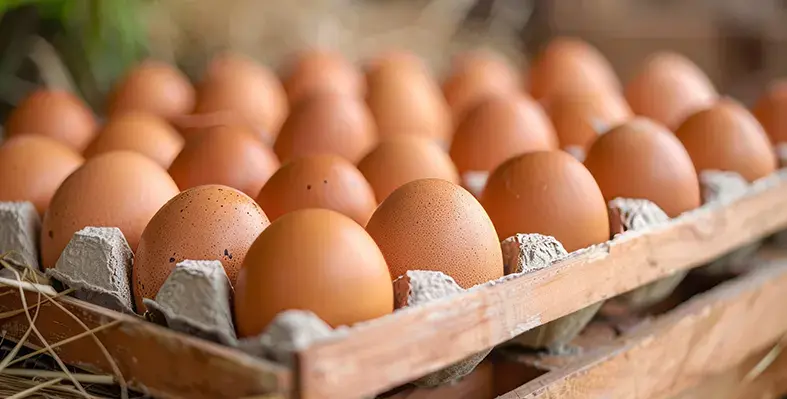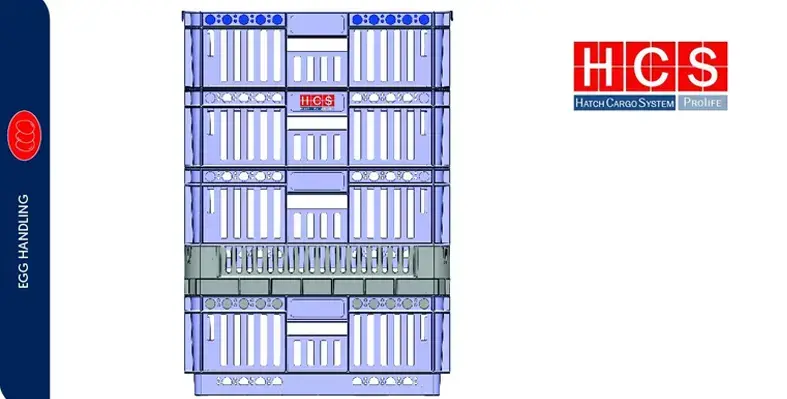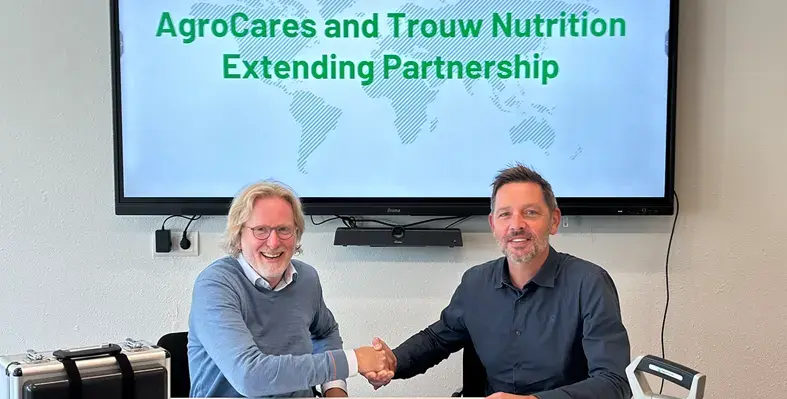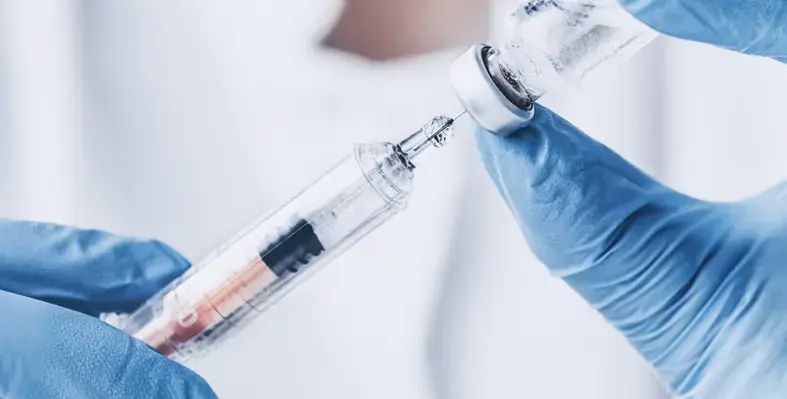
SuperKlean’s special-designed dairy nozzle make the milking process faster and more efficient. (Image source: SuperKlean)
Upon popular demand, renowned leader in high-quality industrial washdown equipment, SuperKlean has designed a new dairy nozzle that supports sustainable dairy practices and helps maintain optimal udder health
To ensure the health and wellbeing of dairy cows, pre-treatment of dairy cow’s teats and udder, as well as special post treatments are a mandatory requirement. These treatments are carried out to affirm that cows are free from mastitis and other infections. Moreover, with outbreaks of Avian Flu spreading across several regions, the need for a teat and udder ‘touchless’ teat spraying system has become more apparent.
SuperKlean has been providing world-class industrial nozzles to some of the largest food, beverage and pharmaceutical companies for more than 34 years. Recently, the company came up with a new precision dairy nozzle that has gained widespread popularity among dairymen.
SuperKlean’s new dairy nozzle features, a 90 degree applicator, high-precision stainless steel construction and replaceable spray tip, with a special hook for hanging and fast retrieval. Spare parts are available to extend the life of this nozzle, with immediate delivery. The nozzle is available in either dark blue or red options for pre- and post-dip applications, ensuring safe and easy identification and application of each dip type.
SuperKlean’s special-built teat-spraying applicator wand helps reduce pathogen spread through a combination of easy, targeted cleaning and a faster, less-wasteful chemical spraying solution. Its stainless steel build ensures durability, with the ability to withstand thousands of daily sprays and wear while consistently delivering high-quality performance.








